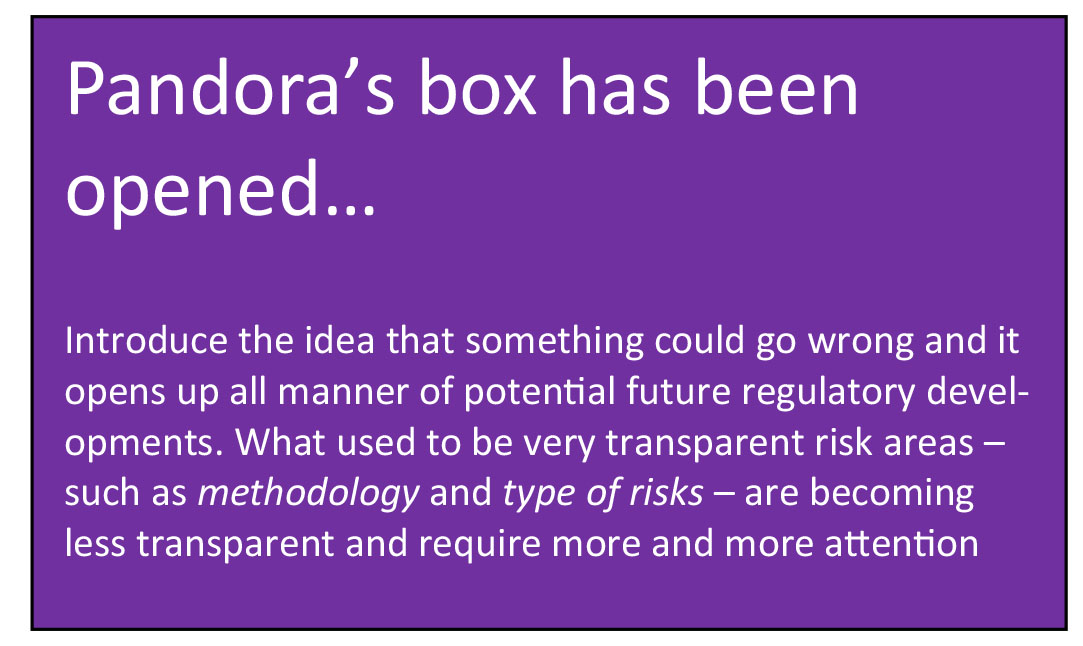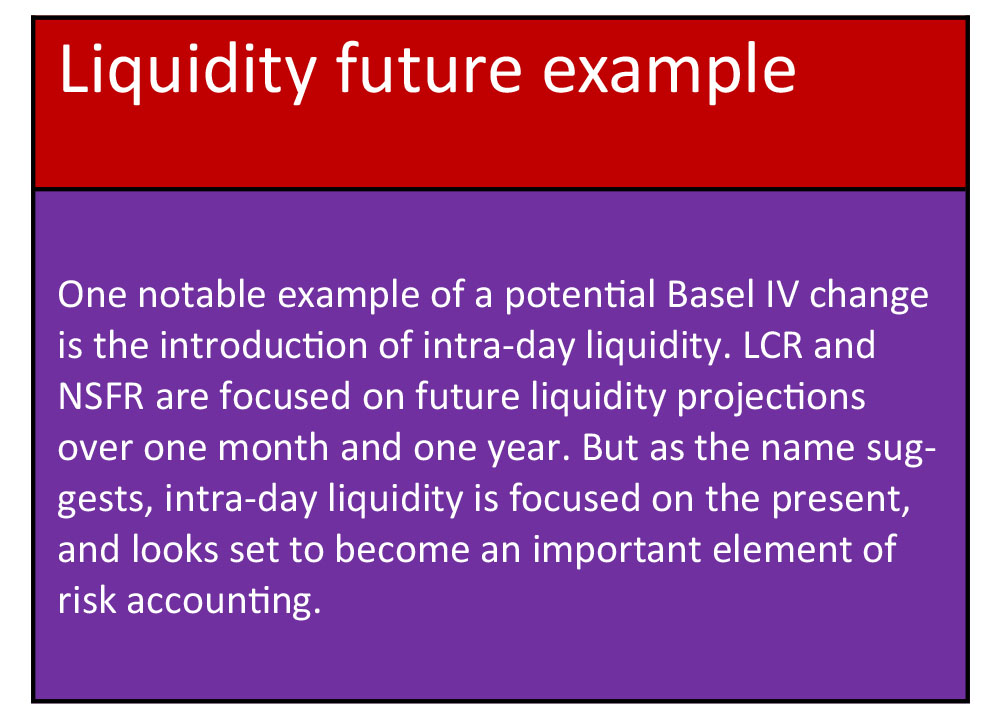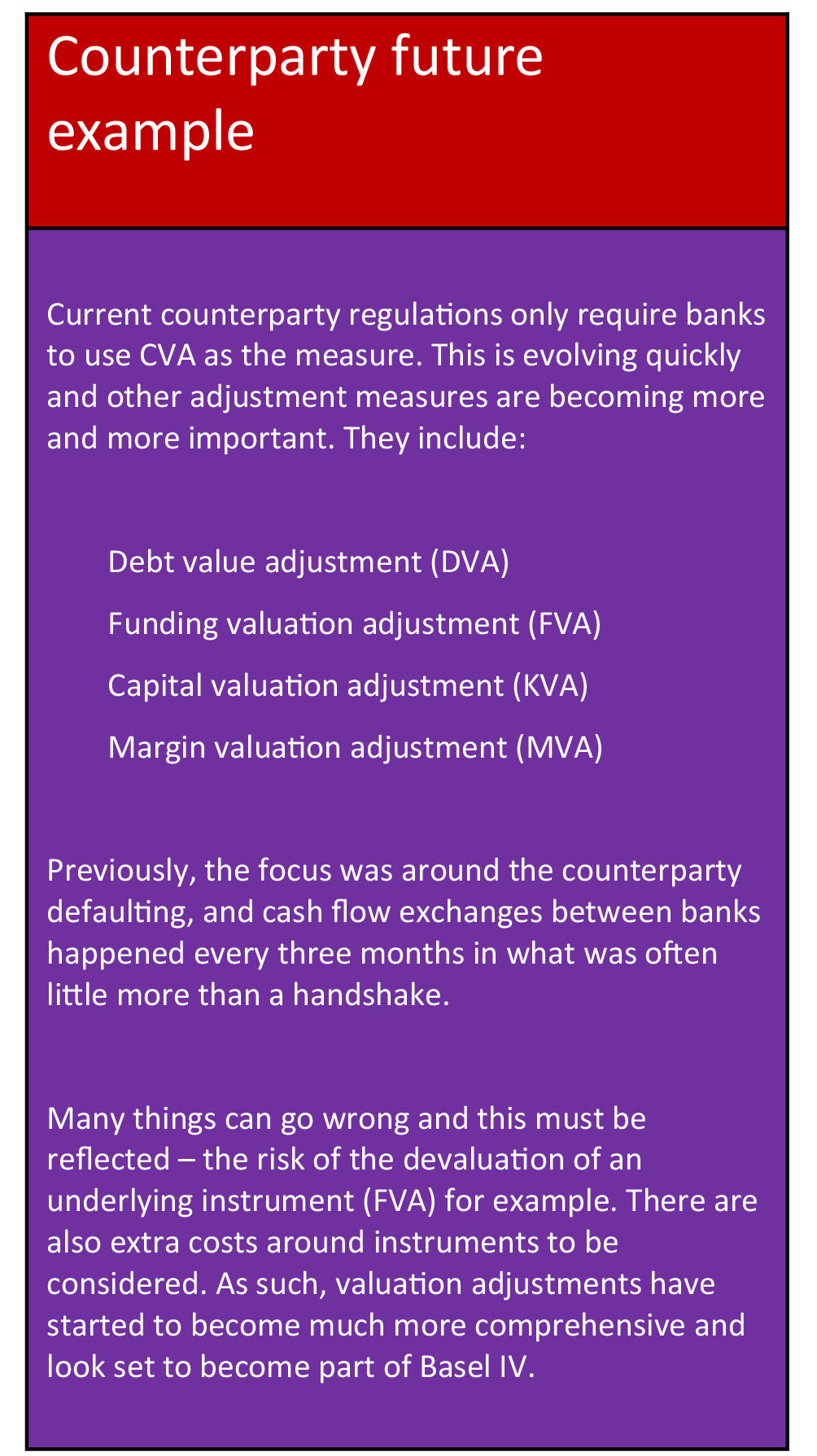Referred to as the most comprehensive reform package in the history of Basel regulation, your company will undoubtedly want to limit the disruption of Basel IV. With key changes already afoot, there are certainly opportunities to get ahead of the game. Here we take a look at what is changing and what you can do to prepare…
Picture an administrative clerk sitting at a desk. Now imagine a pile of paper that protrudes seven metres upwards from this administrator’s inbox… at an estimated 35,000 pages long, this is how high the banking regulation of the EU would stretch. And at an average reading speed, it would take 32 weeks to get through…
Lessons from the financial crisis mean that this is not due to shrink anytime soon. Once the general idea that something can always go wrong is introduced into regulation, it raises even more questions. As such, the next round of extensive Basel IV changes suggests that, if anything, changes are opening up a bit of a Pandora’s box.
“Not understanding these changes early on means your company runs the risk that it doesn’t understand these new and increasingly prominent risk measures, which could mean miscalculating the risk attached to a counterparty.
The two key areas of change
Following the official implementation of Basel III in 2017, the key changes were around two key elements: methodology and type of risks. Concerning methodology, it used to be very simple: there was a table that banks could use to apply to different instruments. So if you wanted to take the risk of sovereign bonds into account, you simply looked it up in this table. Now however, formulas have become the norm and transparency has somewhat disappeared.

The type of risks have also evolved. Going right back to Basel I, the only real concern for banks was credit risk. Now, as we approach Basel IV, there has been an increase in type of risks and in addition to credit risk these now include:
- Market risk
- Operational risk
- Liquidity risk
- Counterparty risk
Needless to say, the amount of work and data has increased exponentially during Basel III, and it looks set to rise as part of the Basel IV developments. Pandora’s Box has undoubtedly been opened and it is throwing up more and more considerations around calculating risk.
The knowledge of this has sent some into confusion. Getting to the bottom of exactly what is happening is one of the more general concerns, which has raised so many other questions: do you need to hire consultants, for example? Thankfully, with 2022 a way off yet, and the direction of Basel IV changes already coming into clearer view, there is an opportunity for your company to get a decent head-start.
The ongoing evolution of ‘liquidity’ and ‘counterparty’ risk
As an example, let’s look specifically at the evolution of the more recent additions to Basel regulation: liquidity and counterparty risk. Following Basel III there are now two types of liquidity that need to be accounted for. These are ‘liquidity coverage ratio’ (LCR) and ‘net stable funding ratio’ (NSFR). In addition, there was the ‘credit valuation adjustment’ (CVA) in terms of counterparty credit risk. Although they are new additions in the last round of Basel changes, banks are already used to quantifying and comparing risk in these areas.
But financial regulation is like an active yeast – it continues to grow and evolve. And both ‘liquidity’ and ‘counterparty’ risks are evolving at quite the pace – to the extent that there are some new aspects that have come about that now seem extremely likely to form part of the Basel IV changes in 2022 – even though they are not formal regulation today.


Stay one step ahead…
The pace of regulatory change following the financial crisis has aroused confusion and concern. Regulation has become more complex and the level of accounting has become deeper and deeper. Consequently, the next round of Basel changes is set to trump any previous changes.
Not understanding these changes early on means your company runs the risk that it doesn’t understand these new and increasingly prominent risk measures, which could mean miscalculating the risk attached to a counterparty. But being ahead of the game – and foreseeing some of the forthcoming changes – allows for businesses to be more prepared and could save a significant amount of hassle in the future.
At Fitch Learning, we offer a training course that is designed to keep advisors and analysts a few steps ahead of forthcoming Basel changes. Each course is delivered by individuals with a practical understanding of the subject. Find out more here.




